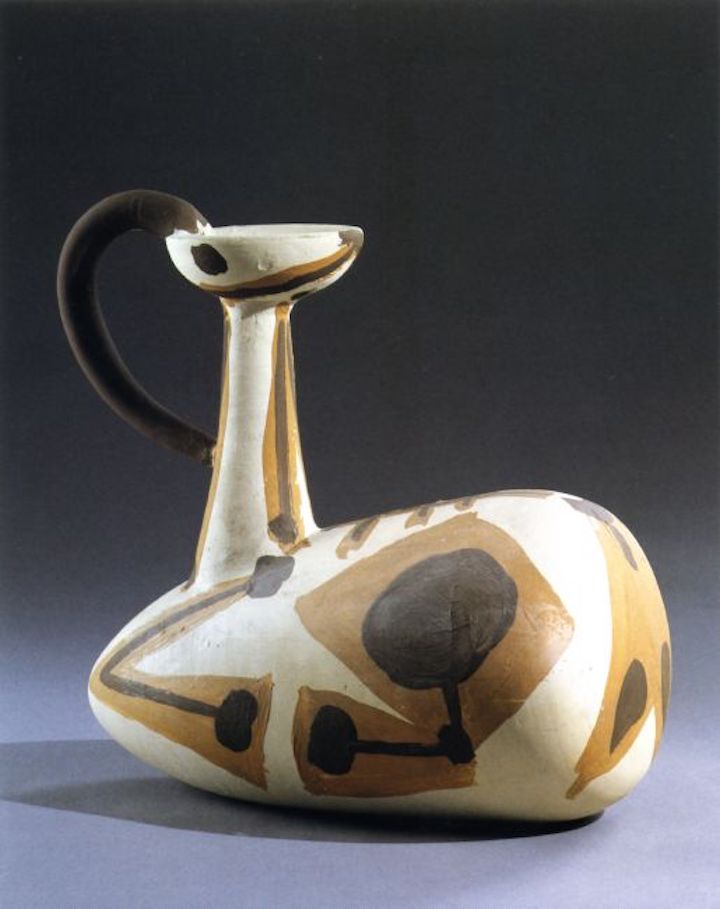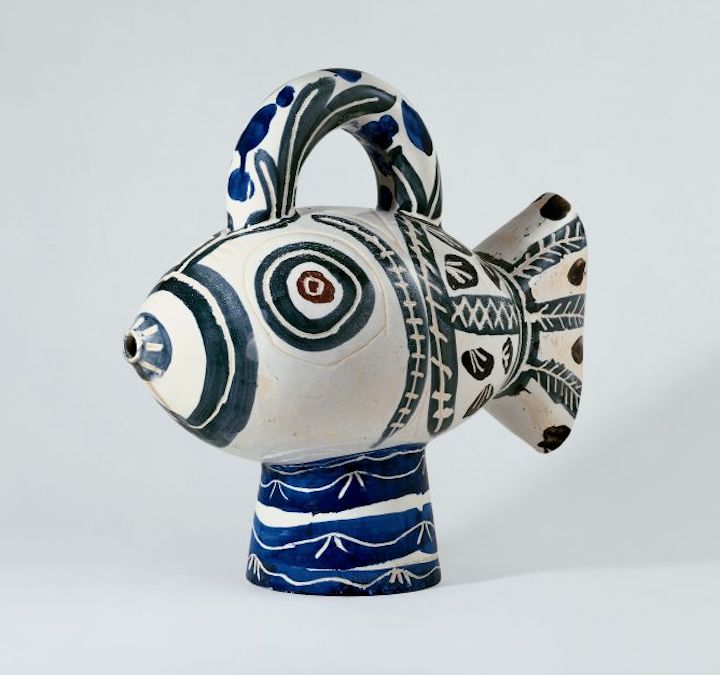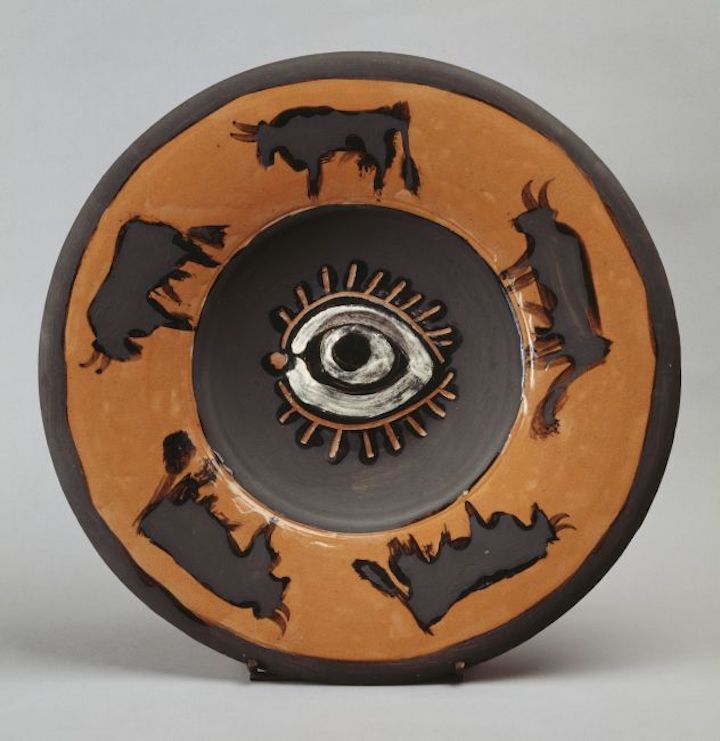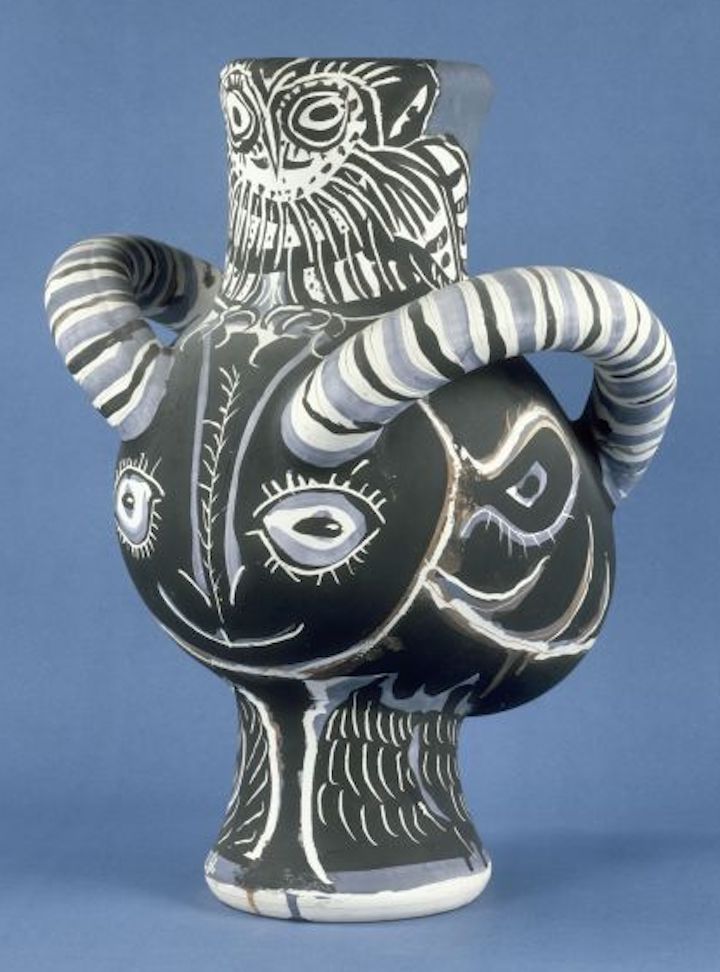In 1946 Picasso sojourns at Golfe-Juan in the south of France and attends a ceramics exhibition in Vallauris. This experience is a turning-point for Picasso, who throughout his life sought new artistic challenges in all possible kinds of materials. Picasso immediately started experimenting with ceramic materials, oxides and glazes, and the ceramic processes and techniques – especially the unpredictable elements in the actual firing process. Two years later, the artist moved permanently to the south of France. There – alongside his paintings, drawings, sculptures and graphic works – he produced about 4000 ceramic objects. This exhibition of Picasso’s original ceramics marks the beginning of Louisiana’s 60th anniversary year. With more than 150 pieces it is the first major exhibition in Scandinavia focusing on this late and lesser-known – but highly imaginative – part of Picasso’s work. Find out more about the ‘Picasso Ceramics’ exhibition from the Louisiana Museum of Modern Art’s website.
Preview the exhibition below | See Apollo’s Picks of the Week here

Reclining Kid (1947–48), Pablo Picasso. Musée Picasso, Antibes. © Succession Picasso/ VISDA 2018

Fish (1951), Pablo Picasso. Photo: FABA / Marc Domage. © Succession Picasso/ VISDA 2018

Head of a Goat (1956), Pablo Picasso. Private collection. © Succession Picasso / VISDA 2018

Eye and Bulls (1957), Pablo Picasso. Photo: RMN-Grand Palais (Musée national Picasso-Paris) / Béatrice Hatala. © Succession Picasso / VISDA 2018

Two-handled Vase with Faun’s Head and an Owl (1961), Pablo Picasso.Photo: RMN-Grand Palais (Musée national Picasso-Paris) /Gérard Blot. © Succession Picasso/ VISDA 2018











![Masterpiece [Re]discovery 2022. Photo: Ben Fisher Photography, courtesy of Masterpiece London](http://www.apollo-magazine.com/wp-content/uploads/2022/07/MPL2022_4263.jpg)
Suzanne Valadon’s shifting gaze